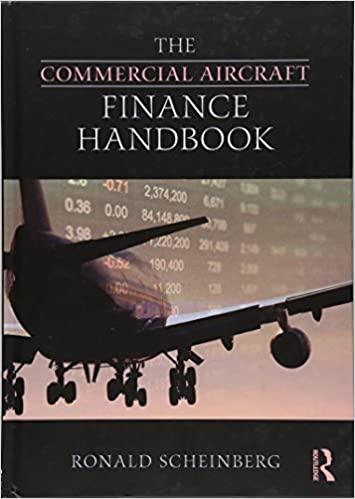Questions l. (1.) Assume that Shrieves' average project has a coefficient of variation in the range of 0.2 to 0.4. Would the new line be
Questions
l. (1.) Assume that Shrieves' average project has a coefficient of variation in the range of 0.2 to 0.4. Would the new line be classified as high risk, average risk, or low risk? (2.) Shrieves typically adds or subtracts 3 percentage points to the overall cost of capital to adjust for risk. For this project, should the rate be adjusted? (Consider the coefficient of varation) If so, up or down and why? Is there any effect on the acceptability of the new line project ? (See the WACC sensitivity analysis at B232:C239 above.) (3.) Are there any subjective risk factors that should be considered before the final decision is made? (See Sections 13-3 and 13-8)
Information
| Shrieves Casting Company is considering adding a new line to its product mix, and the capital budgeting analysis is being conducted by Sidney Johnson, a recently graduated MBA. The production line would be set up in unused space in Shrieves' main plant. The machinerys invoice price would be approximately $200,000, another $10,000 in shipping charges would be required, and it would cost an additional $30,000 to install the equipment. The machinery has an economic life of 4 years, and Shrieves has obtained a special tax ruling that places the equipment in the MACRS 3-year class. The machinery is expected to have a salvage value of $25,000 after 4 years of use. | ||||||||
| The new line would generate incremental sales of 1,250 units per year for 4 years at an incremental cost of $100 per unit in the first year, excluding depreciation. Each unit can be sold for $200 in the first year. The sales price and cost are expected to increase by 3% per year due to inflation. Further, to handle the new line, the firms net working capital would have to increase by an amount equal to 12% of the following year's projected sales revenues. The firms tax rate is 40%, and its overall weighted average cost of capital is 10%. | ||||||||
Deviation WACC Deviation 1year unit sales Deviation Salvage
from NPV from from
base case WACC 0 Base Case Unit sold NPV Basecase Variable cost NPV
-30% 7.0% 0 -30% 875 0 -30% 17500 0
-15% 8.5% 0 -15% 1063 0 -15% 21250 0
0 10.0% 0 0 1250 0 0 25000 0
15% 11.5% 0 15% 1438 0 15% 28750 0
30% 13.0% 0 30% 1625 0 30% 32500 0
Step by Step Solution
There are 3 Steps involved in it
Step: 1

See step-by-step solutions with expert insights and AI powered tools for academic success
Step: 2

Step: 3

Ace Your Homework with AI
Get the answers you need in no time with our AI-driven, step-by-step assistance
Get Started


